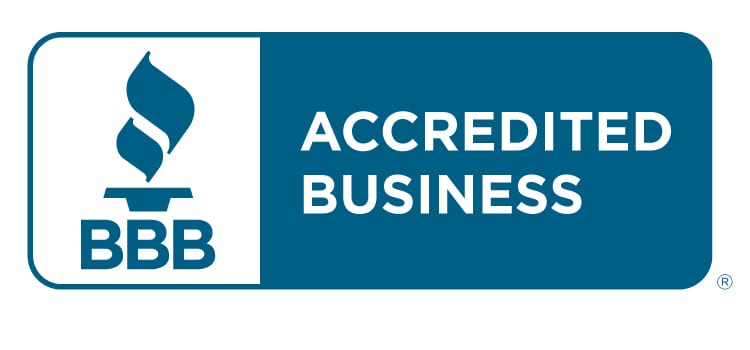
How to Write a Great Email Signature
How to Write a Great Email Signature
Is your email signature sending the right message?
While it might seem like a small detail, your email signature reflects on both you and your brand — and it’s important to get it right. Doing so lends more authority to your outreach, and it can also have a major effect on your email response rates.
Here’s what you need to know about acing your sign-off, including some essential do’s and don’ts.
Why Your Email Signature Matters
There are a number of benefits to hitting the sweet spot with your email signature:
- It tells recipients exactly who you are.
- It further establishes brand identity.
- It provides recipients with necessary contact information.
- It provides your email with more authority.
From cold prospecting emails to brand newsletters, including a well thought-out signature is key to contact recognition, as well as to creating emails that convert.
Email Signature Do’s and Don’ts
Take the guesswork out of a great signature by following these do’s and don’ts.
- Do link to your website. This gives recipients an easy way to connect your name to your brand.
- Don’t forget the basics. Even the fanciest of signatures still need to include your name, job title, and a way to get in touch. A headshot can be a great addition too.
- Do include links to social. Give your recipients a fast way to follow up — or give you a follow — on your social media pages.
- Don’t use emojis (in most cases). An emoji may come off a bit too unprofessional, especially in certain industries.
Design and Topography Ideas
You’ve got lots of options when it comes to design. Here are some great examples to get you inspired:














